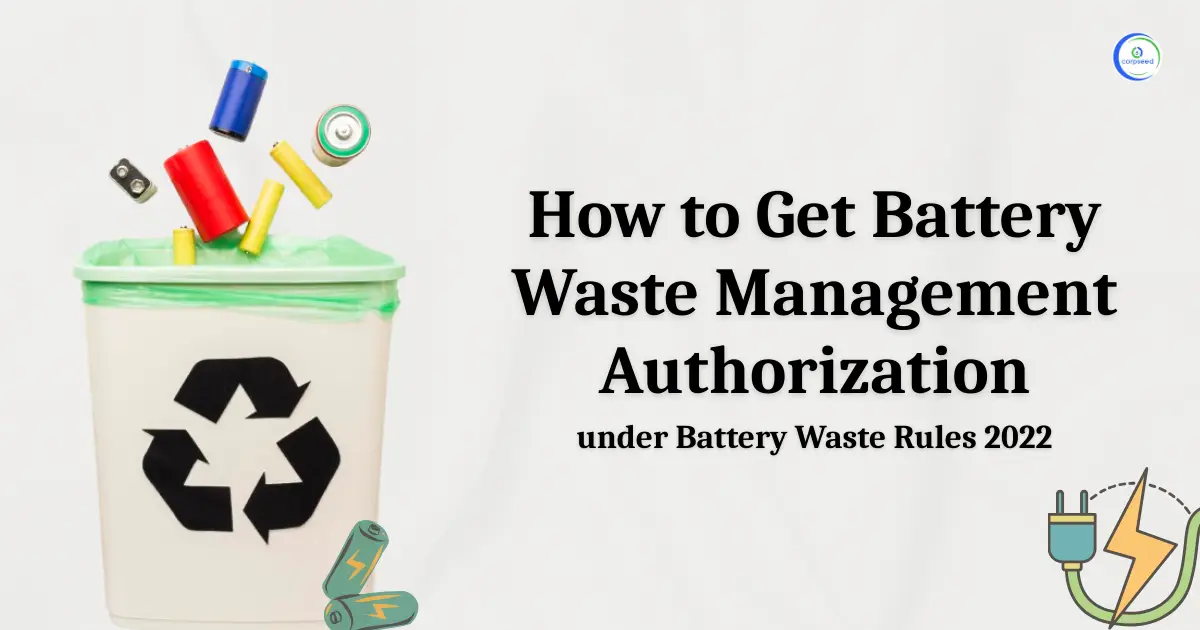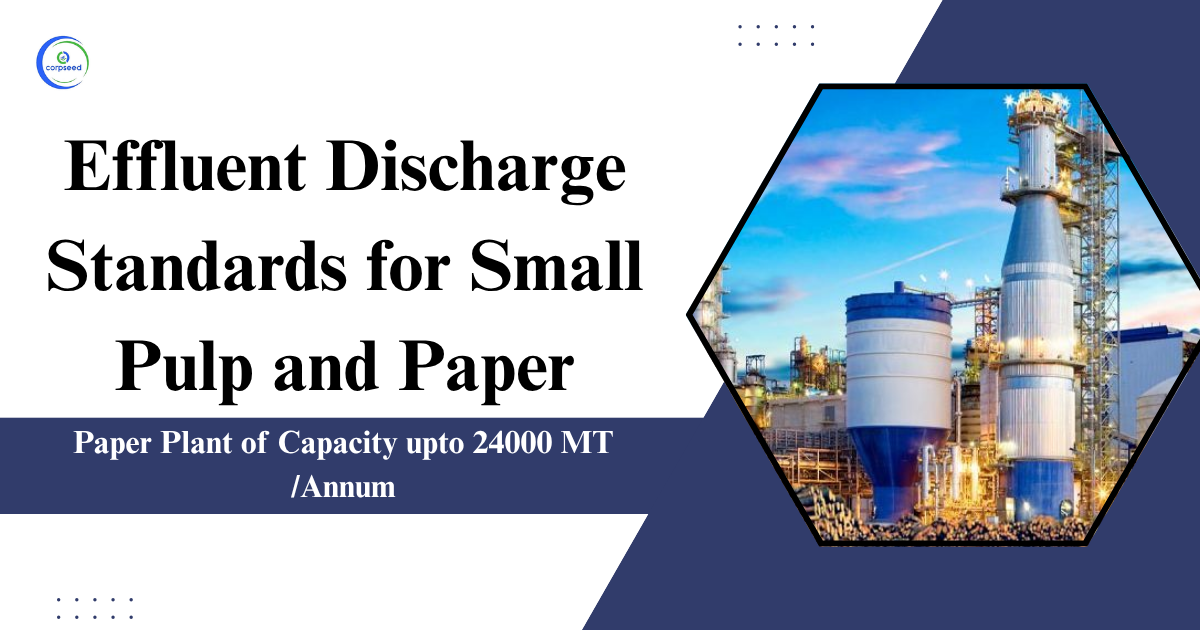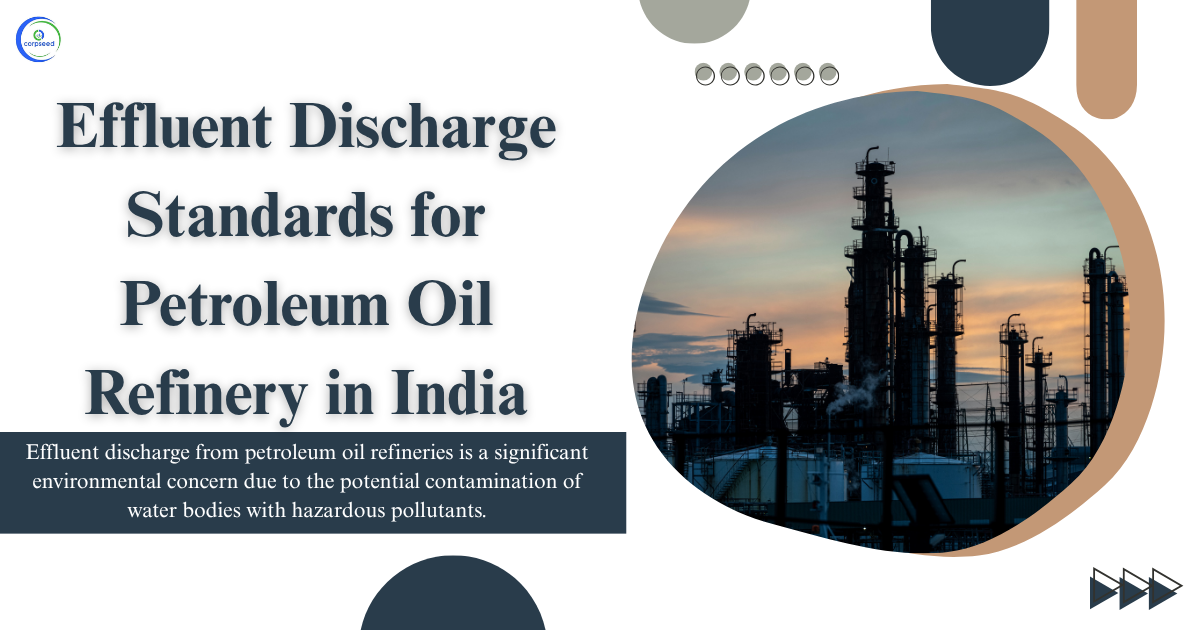In India, industries that produce hazardous waste must follow strict environmental regulations to ensure safe and responsible handling. One important requirement for compliance is the Hazardous Waste Authorization Annual Return, which gives a detailed report on how hazardous waste is managed throughout a financial year.
Table of Contents
What Is Hazardous Waste Authorization Annual Return?
The Hazardous Waste Authorization Annual Return is a legal requirement under the Hazardous and Other Wastes (Management and Transboundary Movement) Rules, 2016.
Industries are required to submit hazardous waste annual return to their respective State Pollution Control Board (SPCB) or Pollution Control Committee (PCC). It consist of detailed information about the quantity, type, and management of hazardous waste produced, stored, transported, treated, recycled, or disposed of in a given year.
This annual reporting confirms industries comply with right procedures and comply must follow the obligations for environmental safety.
Who Must File the Annual Return?
Every industry and facility in India that produces or manages hazardous waste is obligated to file an Annual Return. This process facilitates effective monitoring, management, and adherence to environmental laws.
- Manufacturing Units: Industries that produce hazardous waste at the time of their manufacturing processes must file the Annual Return. It is crucial for them to give details about the quantities, types, and methods of disposal or recycling to stay compliant with regulations.
- Common Hazardous Waste Treatment, Storage, and Disposal Facilities (TSDFs): Facilities handling hazardous waste from various sources must submit thorough reports. These reports should cover storage, treatment, and safe disposal methods to maintain transparency and accountability.
- Recyclers and Reprocessors: Companies involved in hazardous waste pre-processing or recycling activity must report the forms and amounts of waste managed and must adhere to relevant legal requirements.
- Importers/Exporters: Companies involved in the import or export of hazardous waste must submit an Annual Return that details the quantities, types of waste, as well as information on transportation and disposal in accordance with regulations.
Significance of the Annual Return
The Annual Return plays a vital role in environmental governance. It enables authorities to oversee hazardous waste, guarantees transparency in its management, and enforces legal adherence across all sectors handling hazardous materials.
- Monitoring and Compliance: In India regulatory bodies oversee hazardous waste management practices, ensuring that industries must comply with the set standards, apply correct treatment methods, and efficiently reduce environmental risks throughout the fiscal year.
- Maintains Transparency: A comprehensive reporting provides dep insight into how businesses handle storage, transportation, recycling or disposal of hazardous wastes, fostering accountability and enhancing trust in environmental stewardship efforts.
- Environmental Protection: The Annual Return is compulsory as per the Hazardous waste Management Rules. It highlights potential risks and environmental threats related to hazardous waste, facilitating safe handling and mitigating adverse effects on ecosystems and public health.
- Legal Requirement: Filing and submitting the Annual Return timely is crucial for businesses under the Hazardous Waste Management Rules, and failing to provide accurate reports can result in penalties, fines, or revocation of authorization.
Key Components of the Annual Return
The Annual Return, filed using Form 4, includes all relevant data about waste generation, treatment, storage and disposal methods. The following are the key components:
- Quantity and Type of Waste: The Annual Return details the exact amount of hazardous waste generated over the year and classifies each type according to legal rules, helping authorities monitor and manage it safely.
- Transport Details: The return includes information about who transports the waste, the routes taken, and how it is handled during transport, ensuring it moves safely and is fully documented.
- Disposal Methods: Industries must report whether the hazardous waste was treated, recycled, or safely disposed of at authorized facilities, following environmental laws and proper safety standards.
- Compliance Measures: The return explains the steps taken by the industry to follow hazardous waste rules, showing responsible management, risk control, and accountability in handling waste.
Filing Procedure and Deadlines
Industries are required to submit their Annual Return to the State Pollution Control Board (SPCB) or Pollution Control Committee (PCC) by 30th June each year for the preceding financial year. The process ensures timely reporting and adherence to legal obligations.
- Preparation: Gather all comprehensive information regarding the generation, storage, treatment, recycling, and disposal of hazardous waste during the financial year, ensuring that the reporting is accurate and complete.
- Submission: After collecting all the necessary data, fill out the Form 4 and submit it through the official SPCB or PCC online portal. Make sure all required details are filled accurately to permit proper verification by the authorities.
- Acknowledgment: After the successfully submitting the form-4, you can download or receive the confirmation from the regulatory authority.
Also Read: How to Setup Hazardous Waste Recycling Plant in India
Best Practices for Hazardous Waste Compliance
Following consistent compliance practices helps industries manage hazardous waste safely and stay aligned with environmental laws, while promoting responsible and sustainable operations.
- Regular Training: Provide regular training sessions for staff on handling, storing, and disposing of hazardous waste. Make sure employees are familiar with legal requirements and understand proper safety procedures.
- Maintain Records: Keep clear and organized records of all hazardous waste activities, including generation, treatment, transportation, and disposal. These records help with audits and ensure accurate regulatory reporting.
- Conduct Audits: Perform regular internal audits to check adherence to hazardous waste rules. Identify any gaps in compliance and take corrective action to maintain high standards.
- Consult Experts: Work with environmental consultants or legal advisors for guidance on proper hazardous waste management, ensuring accurate reporting and correct submission of the Annual Return.
Conclusion
The Annual Return for Hazardous Waste Authorization is a crucial component of India’s environmental regulatory system. Accurately reporting the volume, category, and handling of hazardous waste enables industries to function responsibly, adhere to legal requirements, and mitigate environmental hazards. Timely submission of the Annual Return to the State Pollution Control Board (SPCB) or Pollution Control Committee (PCC) allows authorities to oversee compliance and uphold transparency in waste management. To remain informed about regulations, deadlines, and updates, industries should routinely visit the websites of their SPCB or PCC and consult the official guidelines issued by the Ministry of Environment, Forest and Climate Change (MoEFCC).
This portion of the site is for informational purposes only. The content is not legal advice. The statements and opinions are the expression of author, not corpseed, and have not been evaluated by corpseed for accuracy, completeness, or changes in the law.
BOOK A FREE CONSULTATION
Get help from an experienced legal adviser. Schedule your consultation at a time that works for you and it's absolutely FREE.
.webp)








